About 1,100 nonnative plants (1) have naturalized in California, and nearly 200 of those have been designated as noxious weeds by the California Department of Food and Agriculture. These invasive plants not only damage the environment but the economy of the state as well. Take action against invasive plants in California by learning how to identify and control some of the worst offenders, listed below. And if you discover them growing in your garden, replace invasive plants with beautiful native species!
Here’s a list of California native plants.
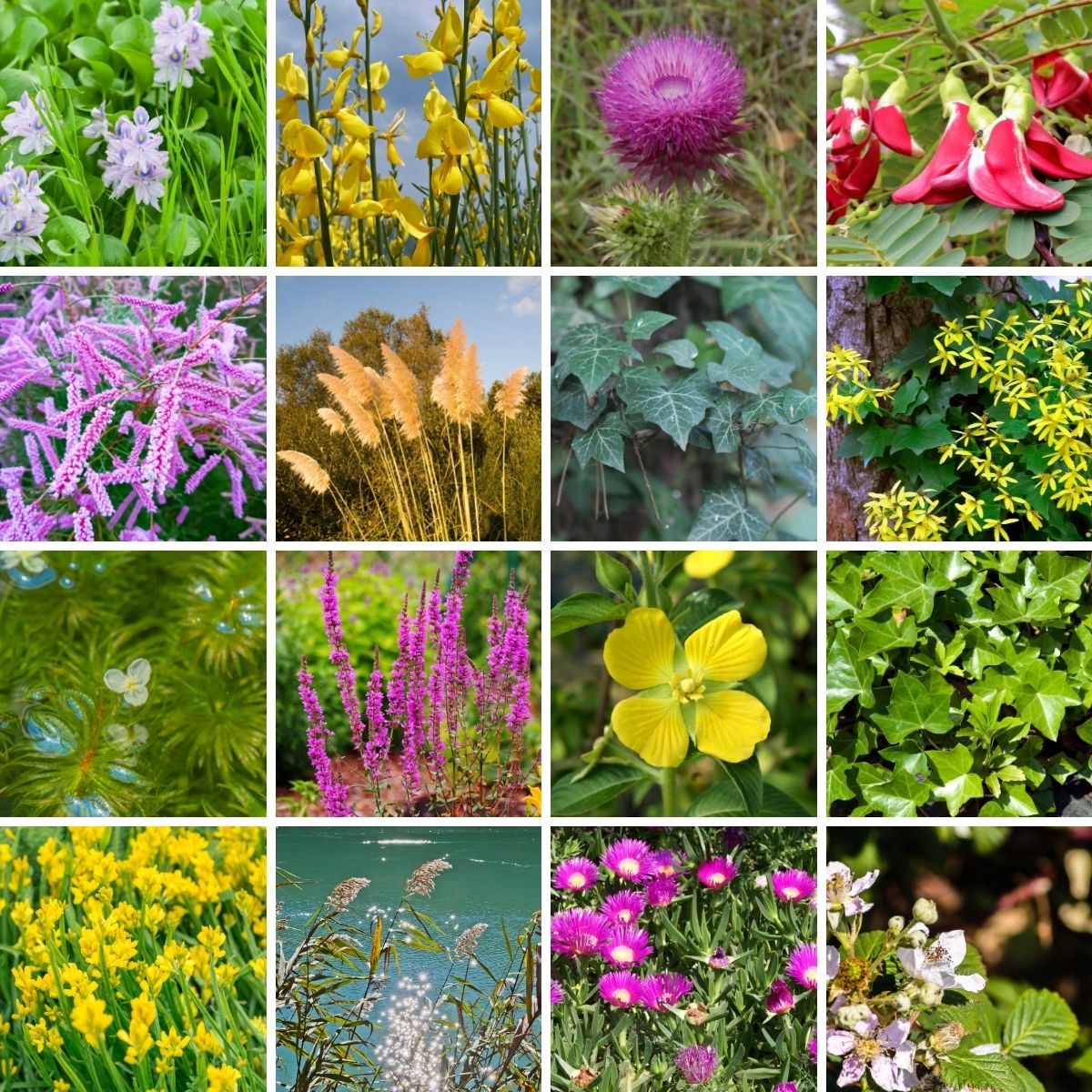
The following are among the worst invasive plants known from horticulture in the state, according to the California Invasive Plant Council. They have severe ecological impacts and, for the most part, are widely distributed.
1. Algerian ivy (Hedera canariensis)
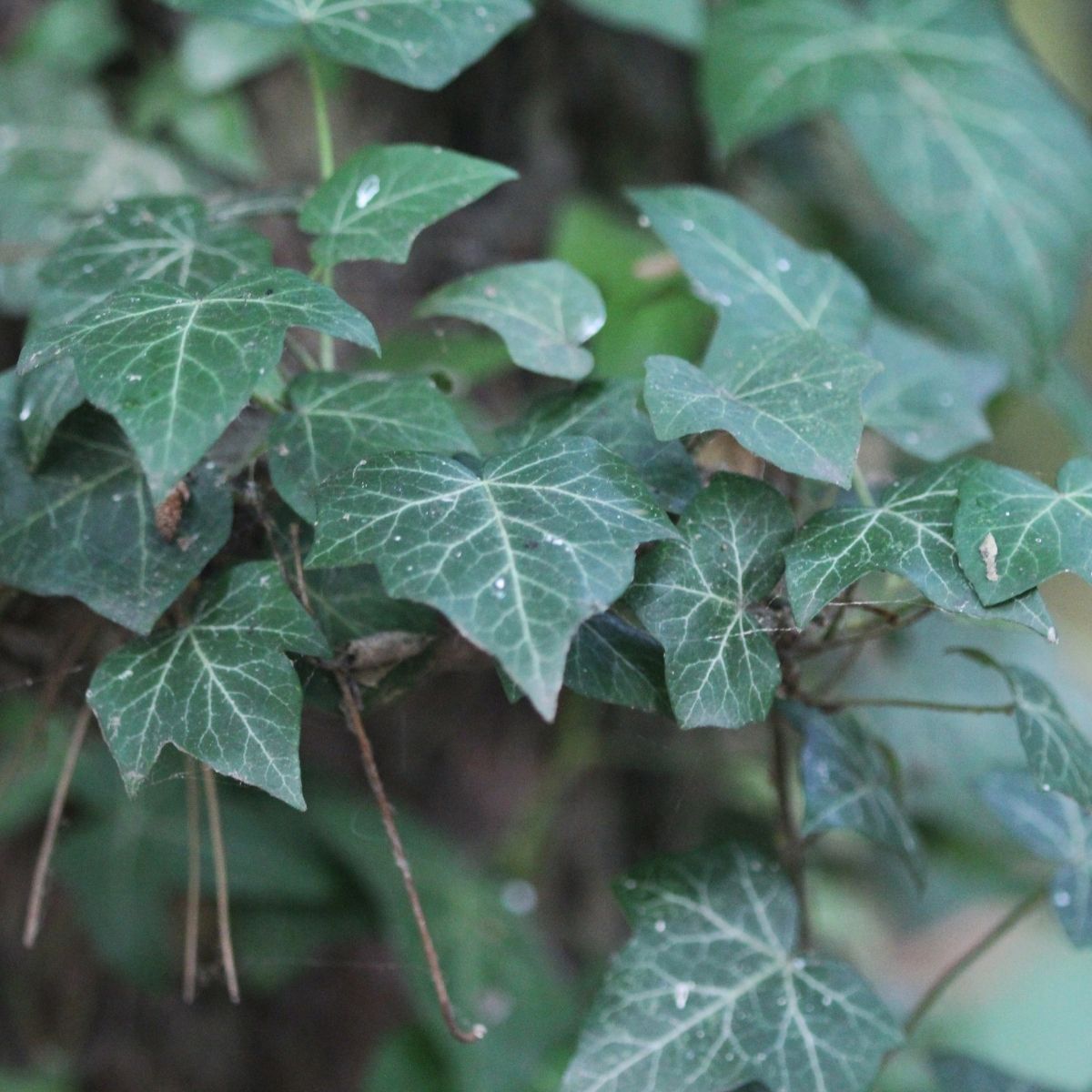
Although not as widespread as its cousin English ivy (H. helix, below), Algerian ivy outcompetes native understory plants in forests along the coast. The glossy, dark green leaves are usually three- to five-lobed on juvenile plants and ovate to diamond-shaped on mature vines.
Remove by repeated hand-pulling or digging, cutting and painting stumps with herbicide, or careful herbicide application. Try the native groundcover bearberry manzanita (Arctostaphylos uva-ursi) or a California grape vine (Vitis californica).
2. Brazilian egaria (Egeria densa)
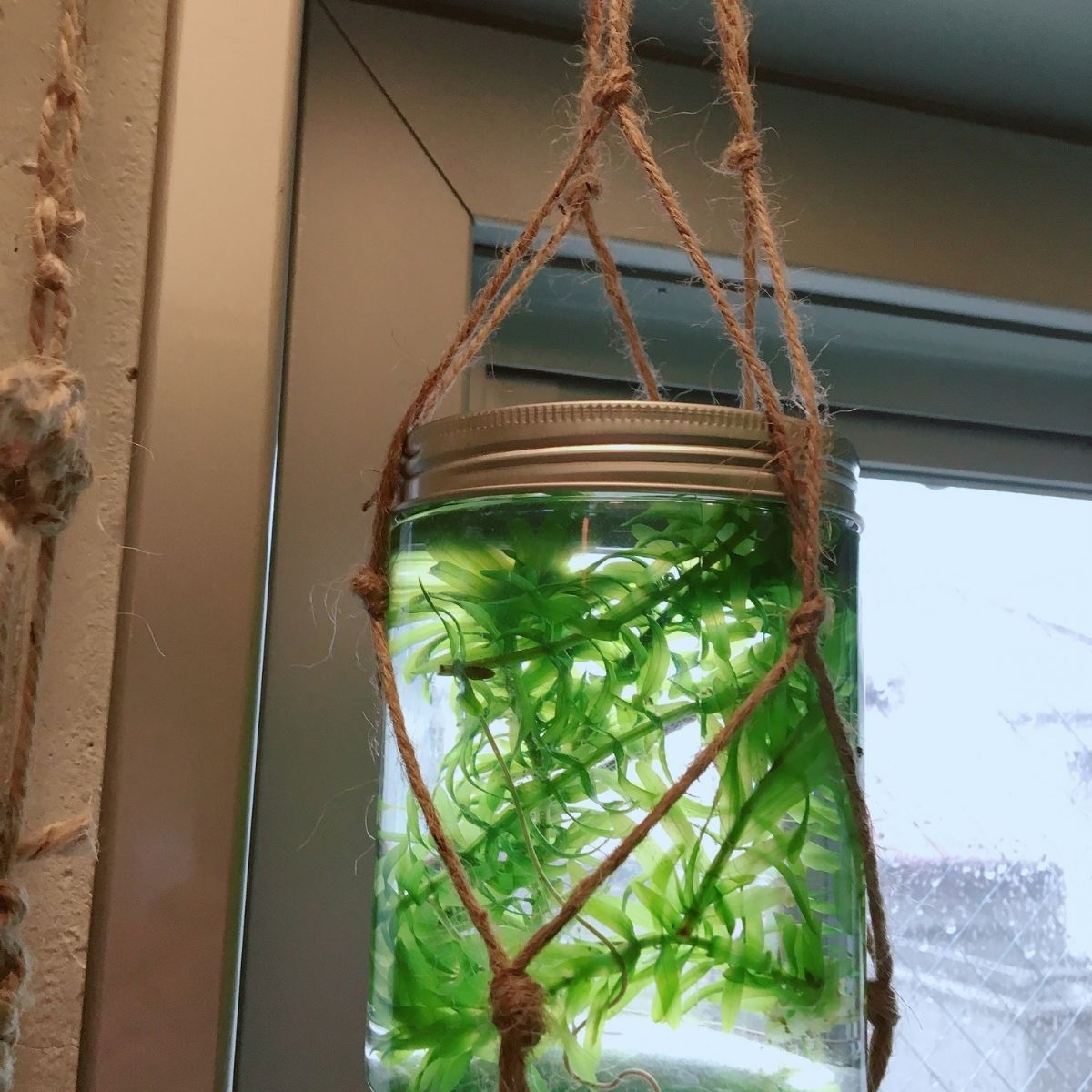
A submerged aquatic perennial, Brazilian egaria retards water flow and reduces native plant diversity in streams, lakes, springs, and ponds. This feathery plant has sessile, one to two-and-a-half-inch leaves that occur in whorls of three to six. It is commonly sold as an aquarium plant.
Remove and destroy any plant fragments found on recreational equipment like boat propellers and fishing gear. Diver-assisted dredging is effective in removing small infestations, and sterile grass carp prefers eating Brazilian egaria.
Never release aquarium plants into the wild, and choose native aquatic plants for water gardens whenever possible, such as white water crowfoot (Ranunculus aquatilis) or amphibious bistort (Persicaria amphibia).
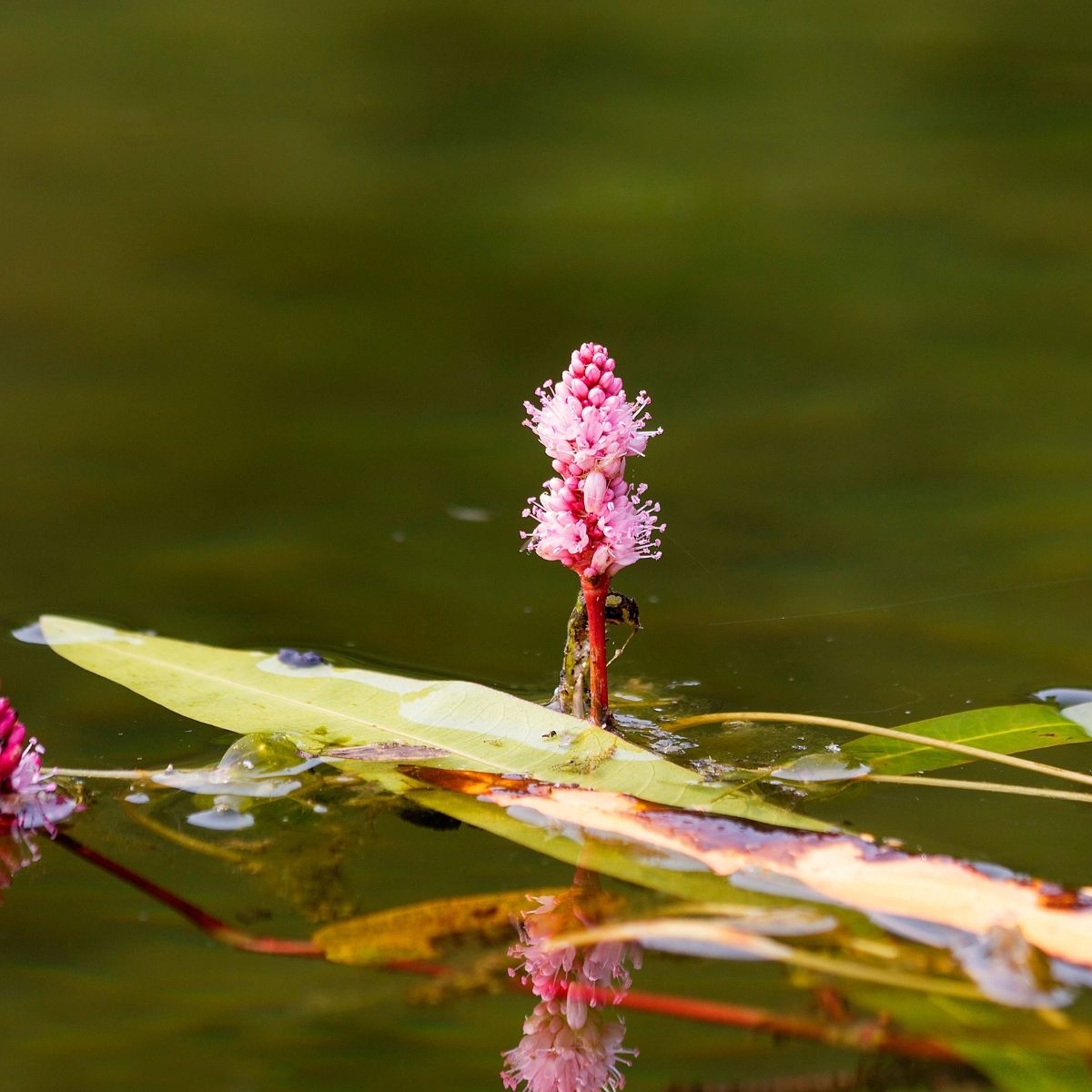
3. Cape-ivy (Delairea odorata)
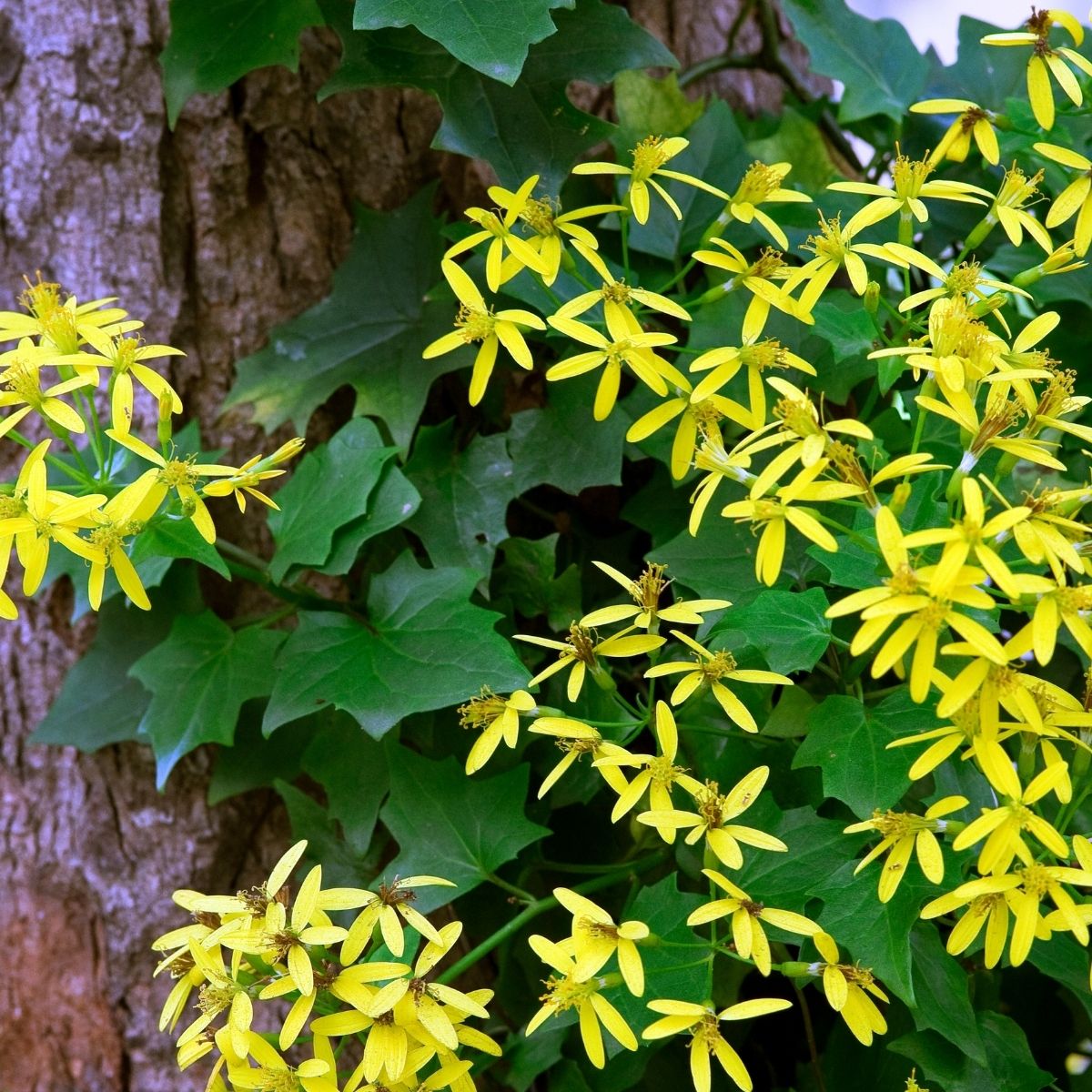
Causing the most damage in coastal riparian areas, cape-ivy kills trees and shrubs by forming dense mats over them and is toxic to animals, including fish. This perennial vine has glossy leaves with five to nine pointed lobes and yellow, winter-blooming flowers.
It can be removed by digging. Plant native vines instead, like western white clematis (Clematis ligusticifolia) or the unique California pipevine (Aristolochia californica).
4. Creeping water primrose (Ludwigia hexapetala)
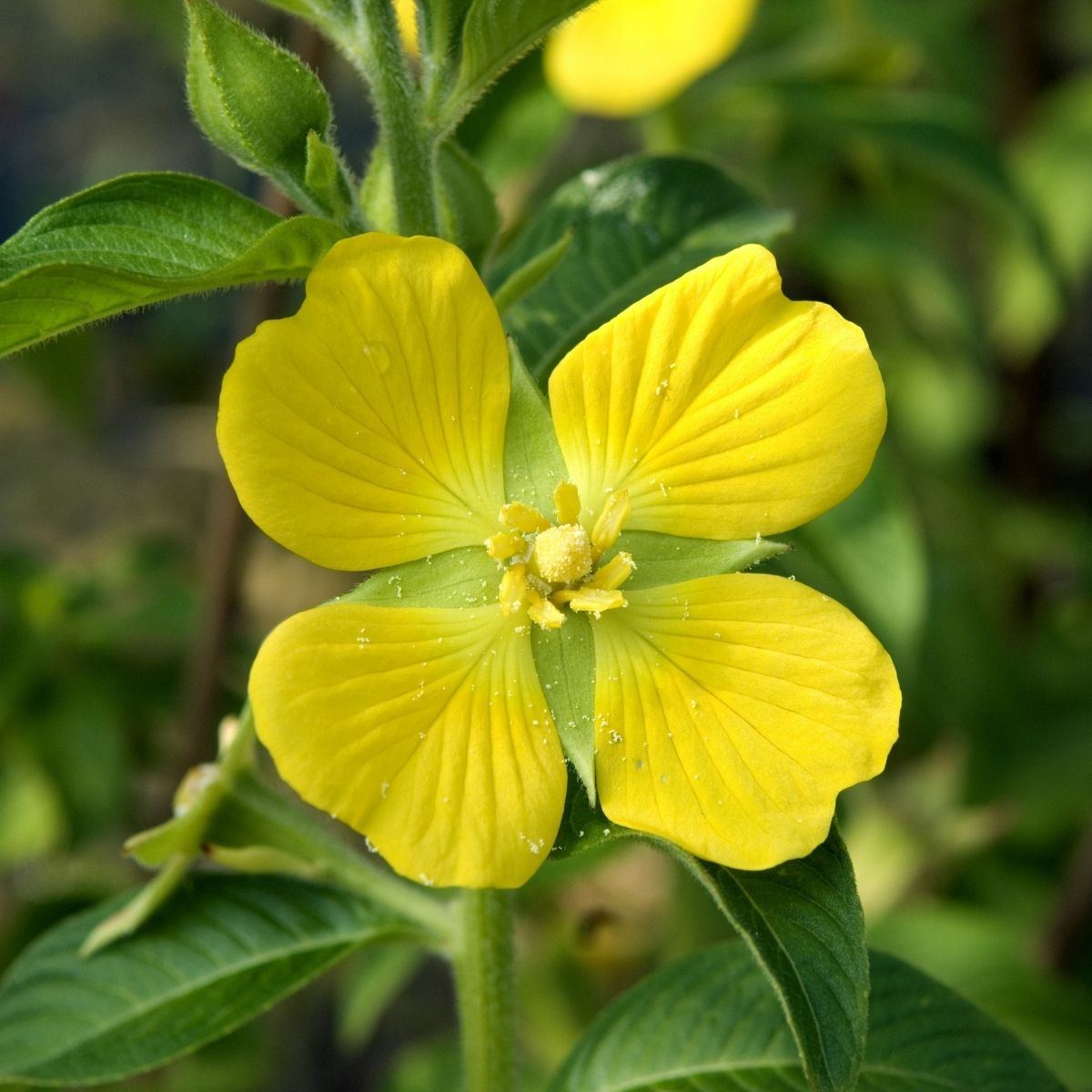
Creeping waterprimrose creates dense mats above and below the surface of the water, blocking water flow, impeding native plant growth, and reducing aquatic wildlife habitat. The floating stems reach up to ten feet long, covered in glossy leaves with distinct veins. It produces showy, bright yellow flowers.
Mechanical control should include the removal of fruit, seed, and rhizomes. Managed dry/flood conditions can be used with approved herbicides and/or mechanical control. Choose common duckweed (Lemna minor), softstem bulrush (Schoenoplectus tabernaemontani), or other aquatic or semi-aquatic native plants instead.
5. English ivy (Hedera helix)
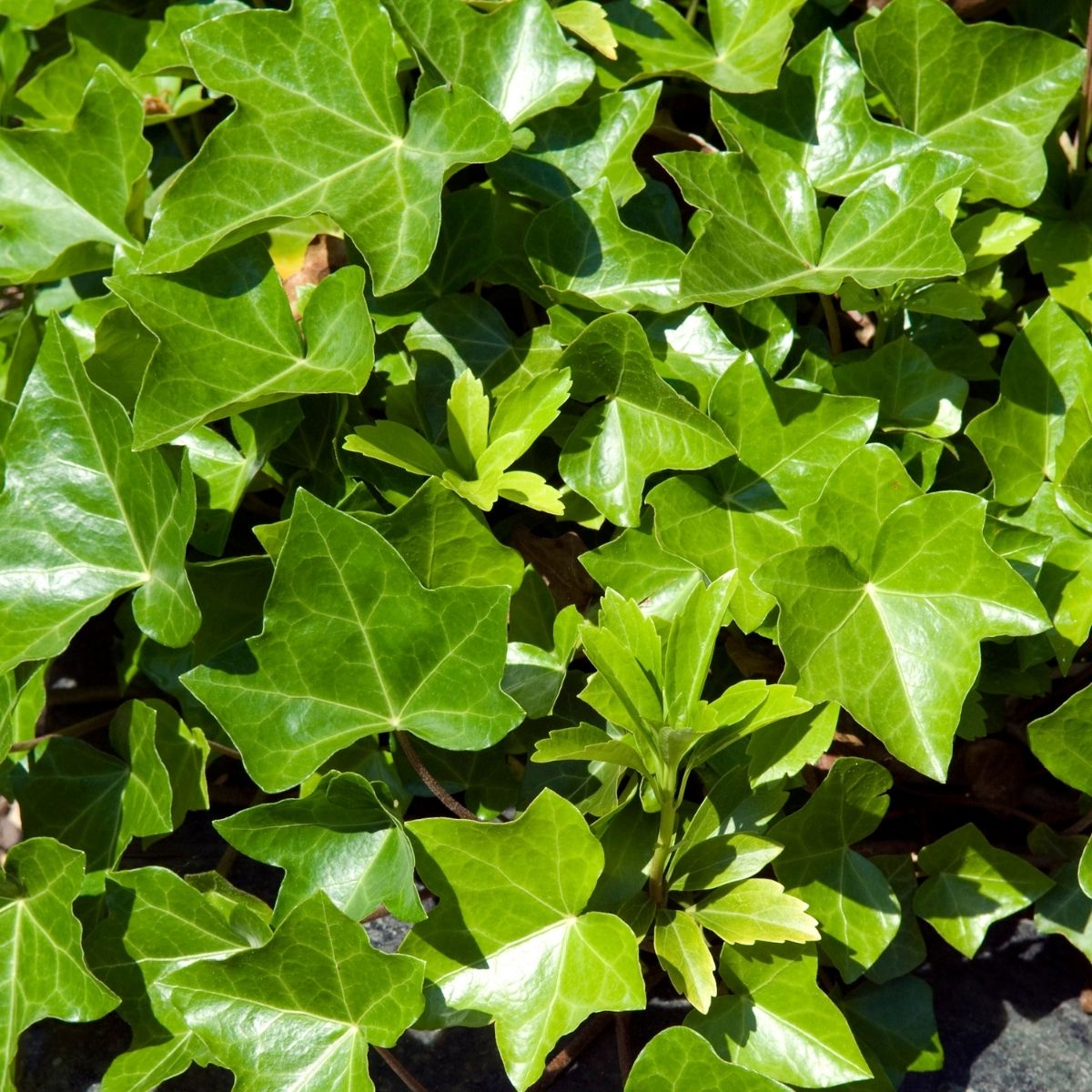
An unfortunately common groundcover vine, English ivy smothers and outcompetes native plants and is extremely difficult to eradicate. The glossy, dark green, evergreen leaves have an ovate to diamond shape on mature plants and three to five lobes on juvenile vines.
Control methods include repeated digging or hand-pulling, cutting and painting stumps with herbicide, and targeted herbicide use. Plant a native groundcover or vine instead, like little sure manzanita (Arctostaphylos edmundsii) or desert grape (Vitis girdiana).
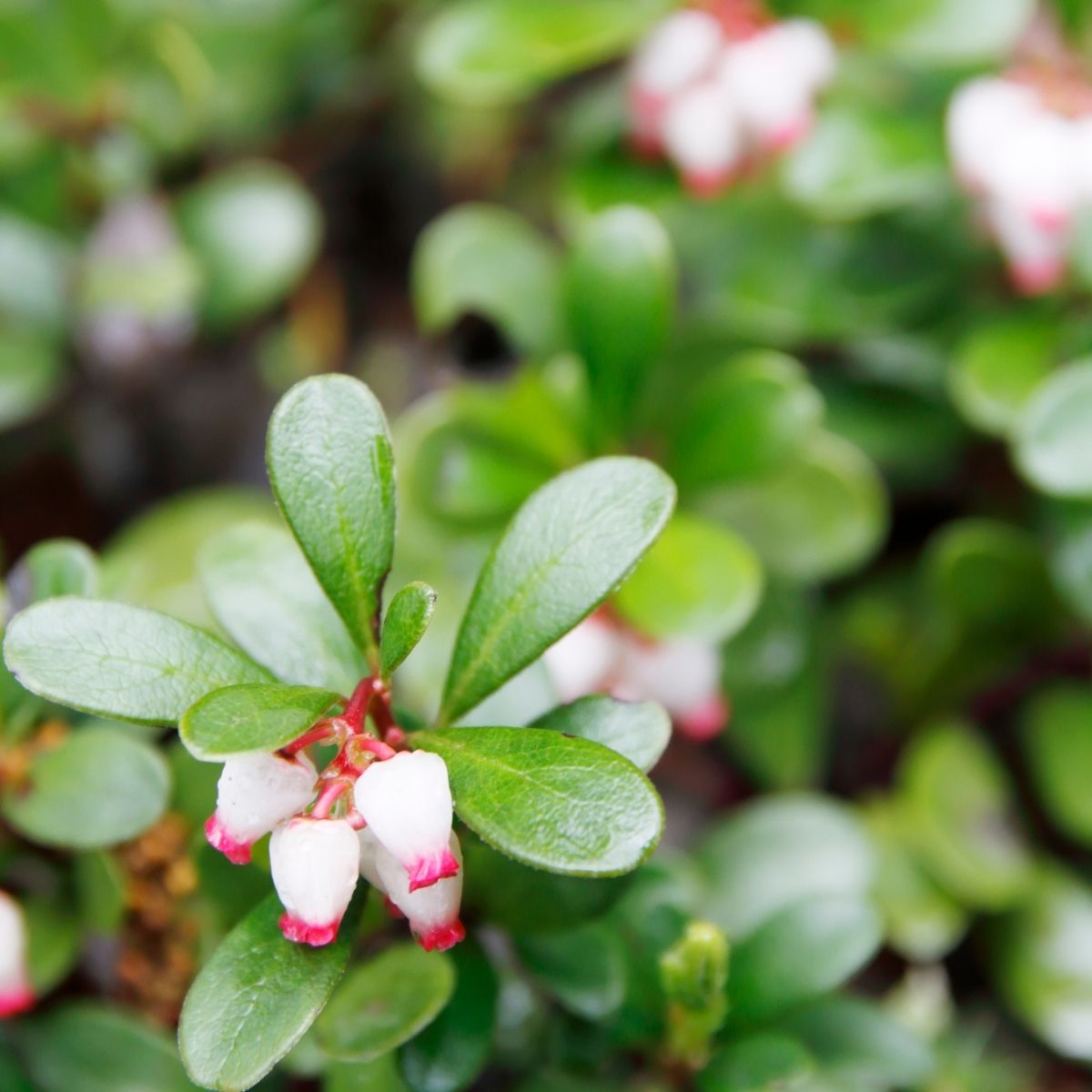
6. French broom (Genista monspessulana)
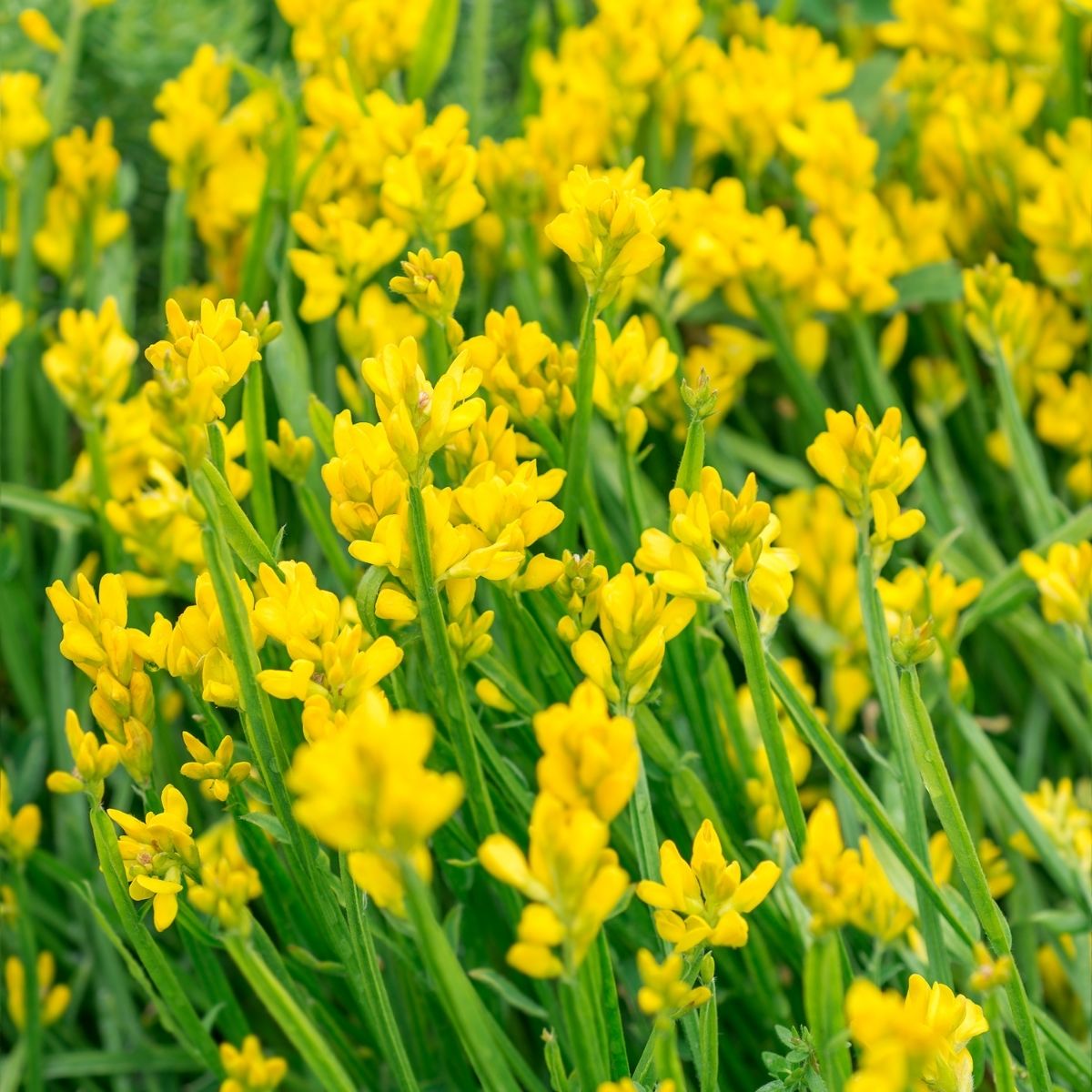
French broom is an aggressive perennial shrub with dense clusters of pea-like yellow blooms and hairy stems, leaves, and seed pods. It rapidly forms dense stands that most wildlife and livestock find unpalatable, dominating poor soils and creating a fire hazard.
Hand pull small shrubs or use a weed wrench on larger plants. Cut repeatedly, before flowering, or treat cut stumps with herbicide. Native shrubs with lovely yellow flowers include flannel bush (Fremontodendron californicum) and golden currant (Ribes aureum).
7. Giant reed (Arundo donax)
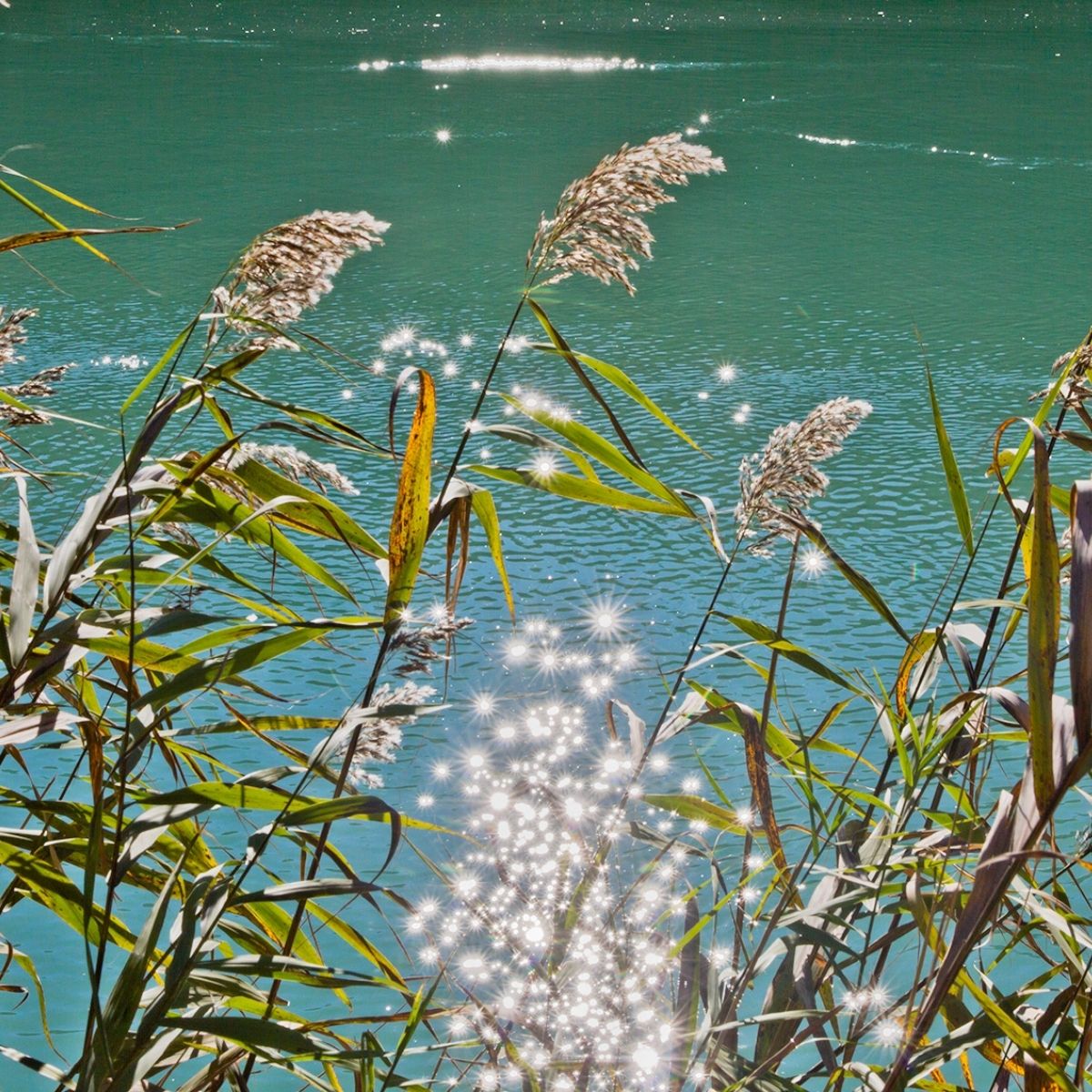
A tall perennial grass, giant reed forms dense stands everywhere from sand dunes to wetlands, outcompeting native plants. Cornlike leaves sprout from nine- to 30-foot hollow, partitioned stems topped by large, plumed seed heads.
Control methods include hand-pulling, digging, goat grazing, cutting, and careful herbicide use. Replace with native grasses like Pacific reedgrass (Calamagrostis nutkaensis) or California fescue (Festuca californica).
8. Highway iceplant (Carpobrotus edulis)
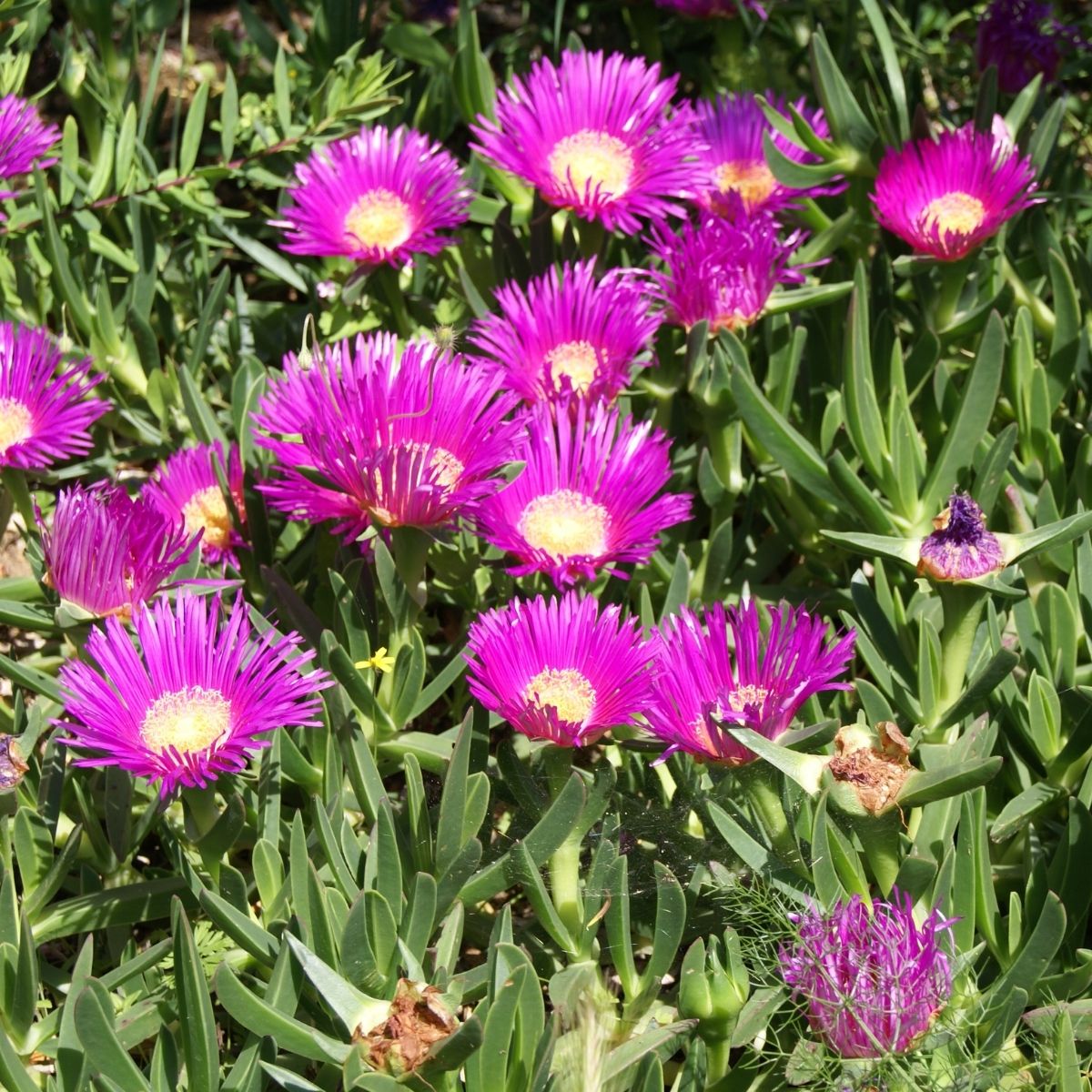
A succulent shrub, highway iceplant forms dense mats in coastal scrub, beaches, grasslands, bluffs, chaparral, and dunes. The erect leaves resemble pointy fingers, and the pink or yellow flowers are followed by large, berry-like fruits that remain for months.
Hand pull or tarp, or use earth-moving machinery to remove large infestations. Plant native succulent-like fingertips (Dudleya edulis) or yellow stonecrop (Sedum spathulifolium).
9. Himalayan blackberry (Rubus armeniacus)
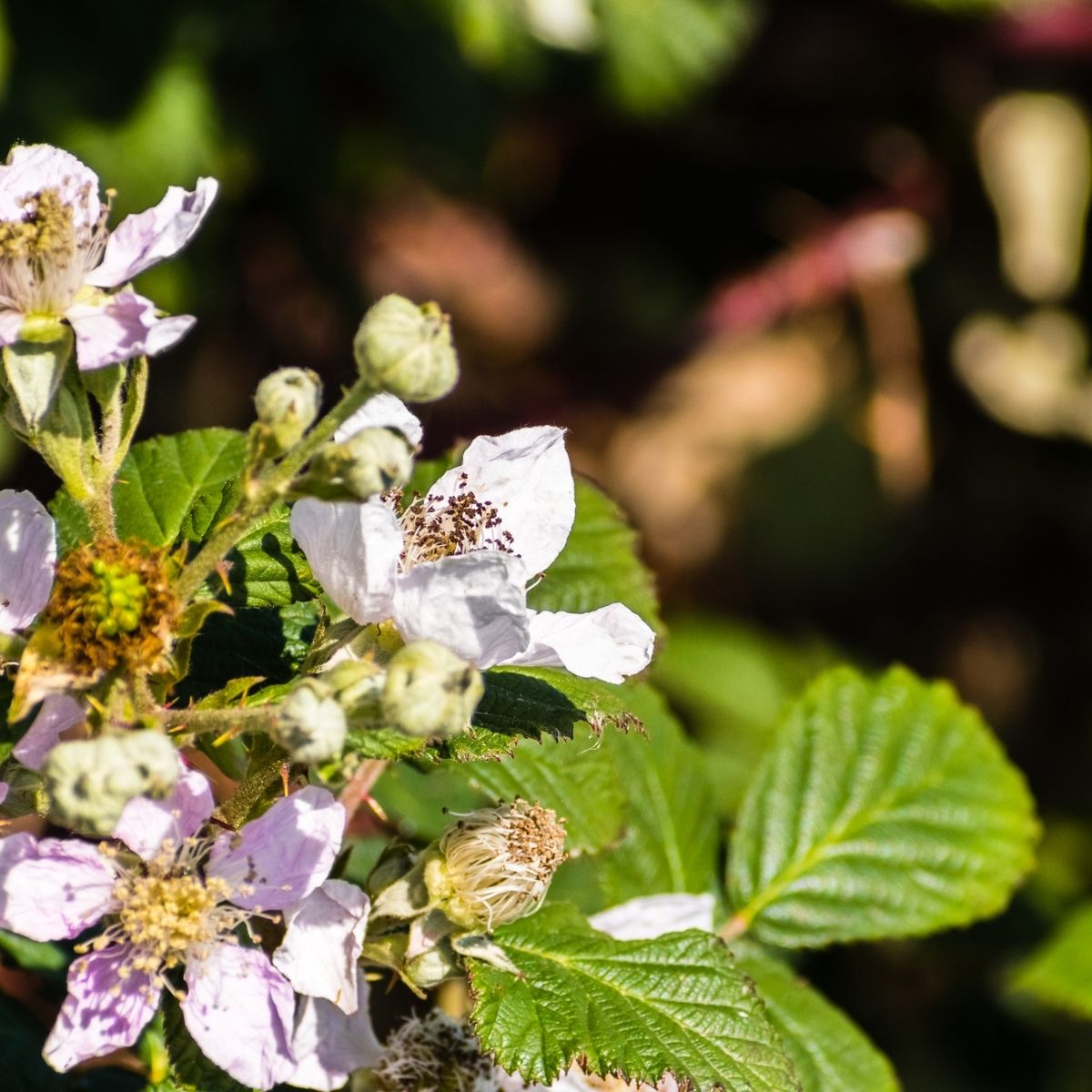
Himalayan blackberry grows rapidly, creating a sprawling thicket that shades out native understory plants. It has thorny stems, five leaflets per leaf, and pale pink flowers followed by half-inch blackberries.
Dig, cut repeatedly during flowering, or till and rake up the canes (except in riparian areas). Goat grazing is also effective but will reduce native plants as well. Choose native shrubs like Oregon grape (Berberis aquifolium) or coffeeberry (Frangula californica).
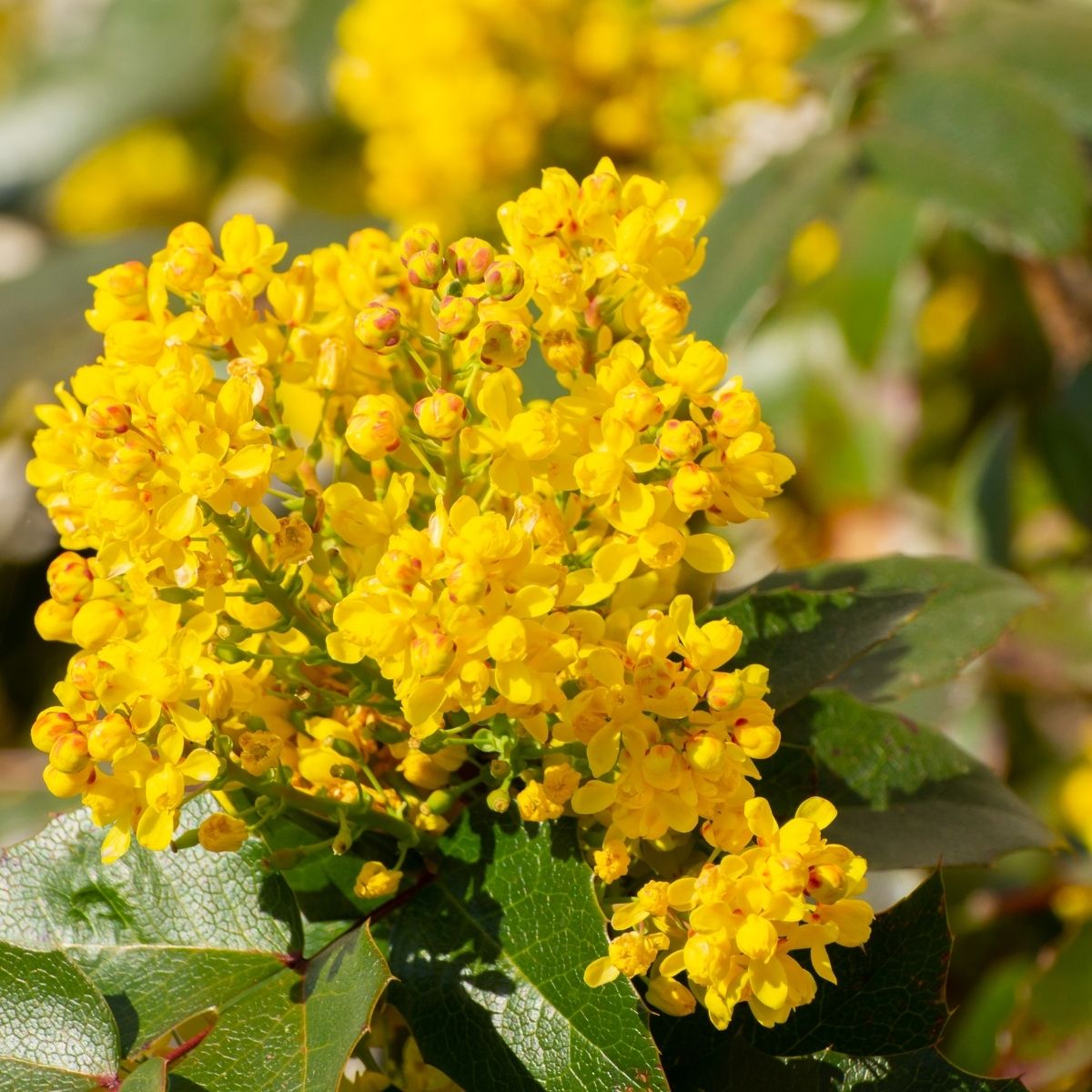
10. Jubatagrass and pampasgrass (Cortaderia jubata, C. selloana)
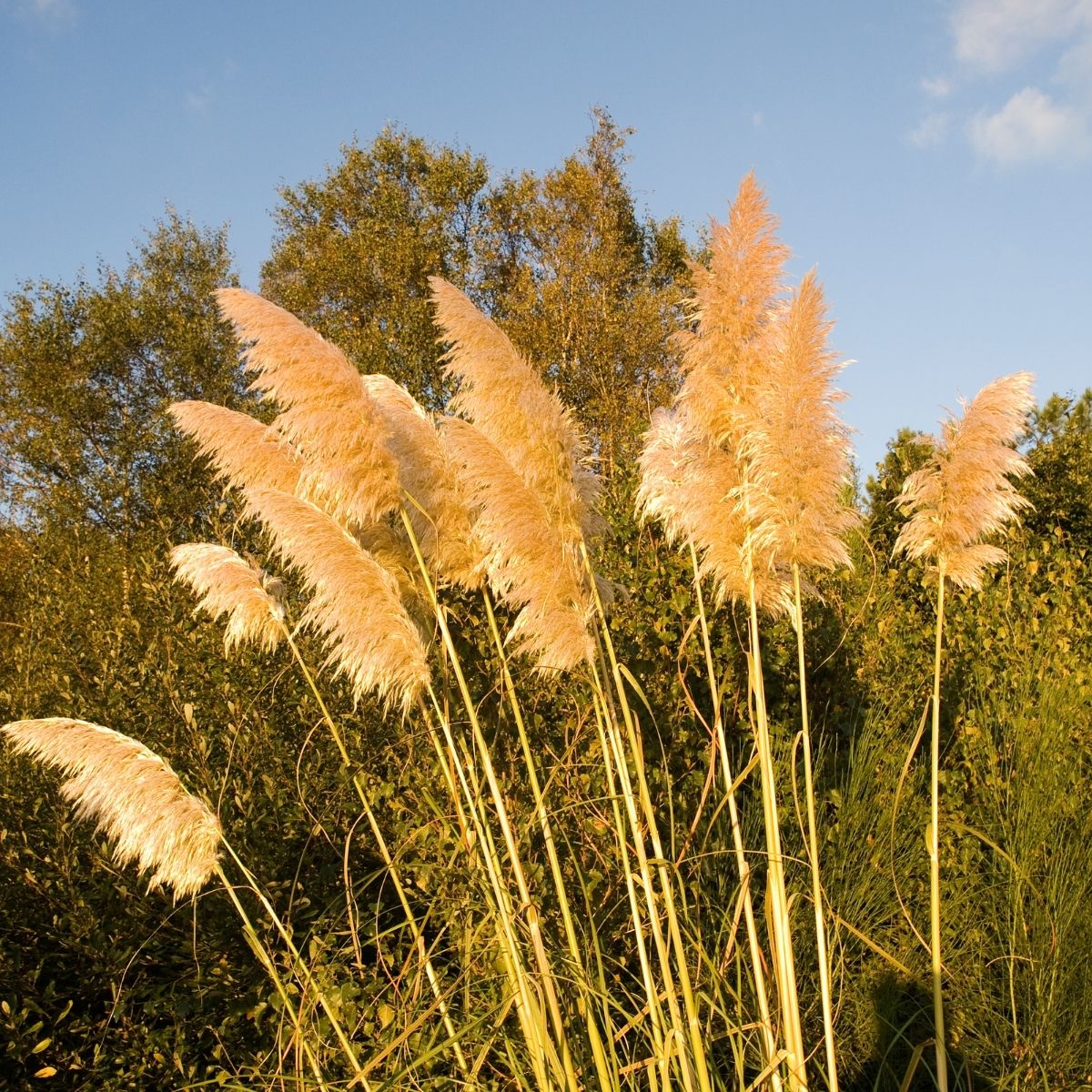
Jubatagrass and pampasgrass form tall bunches of sharply toothed bluish-green leaves. Feathery plumes held above the foliage contain thousands of seeds.
Hand-pulling and digging are the most effective control methods. Choose showy native grasses like blue grama grass (Bouteloua gracilis) and deer grass (Muhlenbergia rigens).
11. Purple loosestrife (Lythrum salicaria)

Purple loosestrife, a wetland herb with tall spires of purple-magenta flowers, infests and degrades freshwater wetlands. Individual plants put up multiple stems, forming bushy growth up to five feet wide.
Dig or pull, taking care to remove the root crown. Replace with beautiful, native riverbank lupine (Lupinus latifolius) or cardinal flower (Lobelia cardinalis).
12. Saltcedar (Tamarix ramosissima)
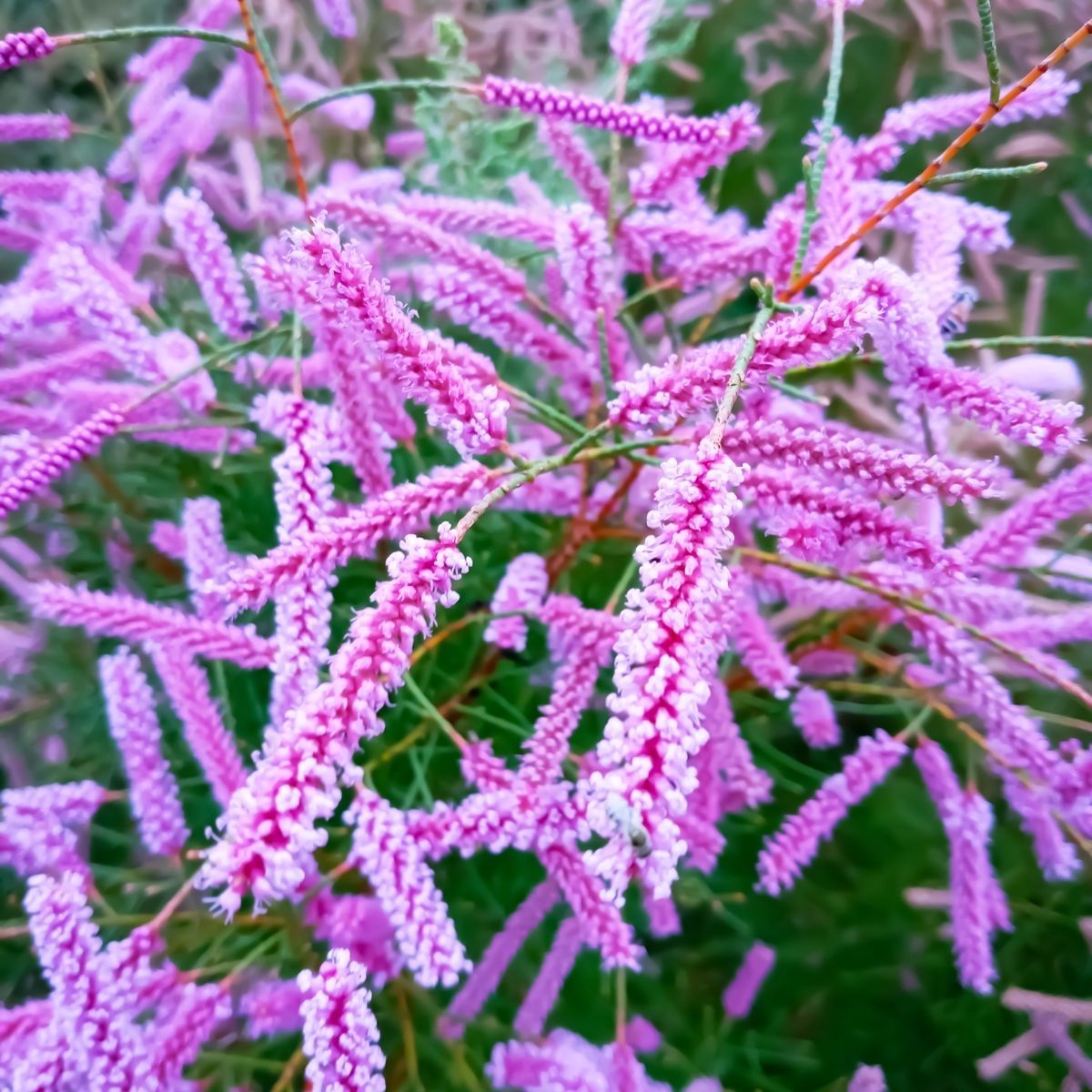
A small tree or shrub, saltcedar wreaks havoc along lakeshores and streams throughout the state. It has blue-green, overlapping, awl-like twig leaves and racemes of tiny white or pink flowers.
Pull or dig seedlings, cut larger trees, and paint the stumps with herbicide. Similar native trees include western red cedar (Thuja plicata) and common juniper (Juniperus communis).
13. Scarlet wisteria (Sesbania punicea)
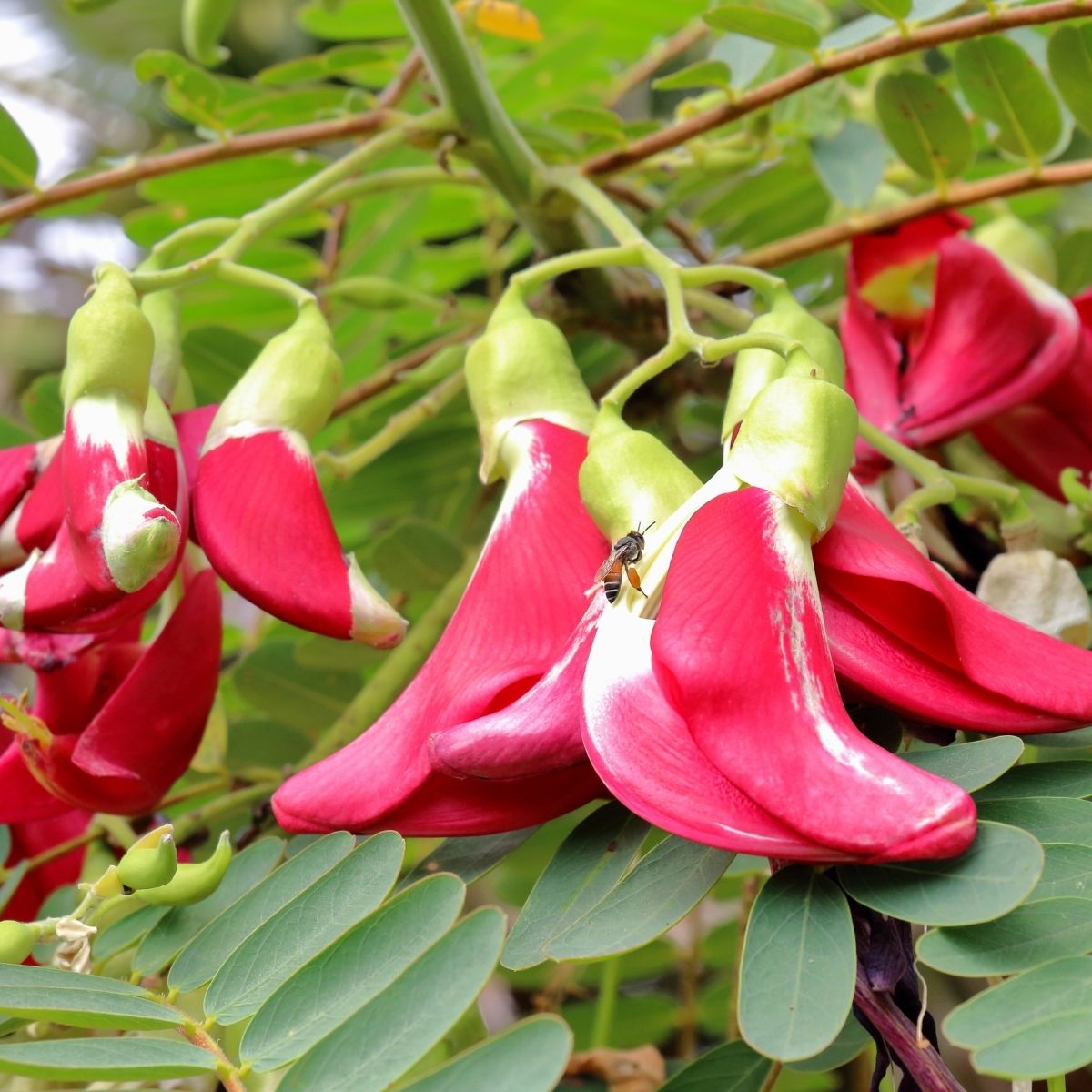
Scarlet wisteria, a small deciduous tree or bush, displaces native plants and contributes to flooding and bank erosion along waterways. It features compound leaves with oval leaflets, drooping clusters of reddish flowers, and winged seed pods.
Remove by cutting and painting with herbicide before flowering, digging, or pulling. Choose native trees and shrubs like catalina ironwood (Yonothamnus floribundus ssp. asplenifolius) and island bush snapdragon (Galvezia speciosa).
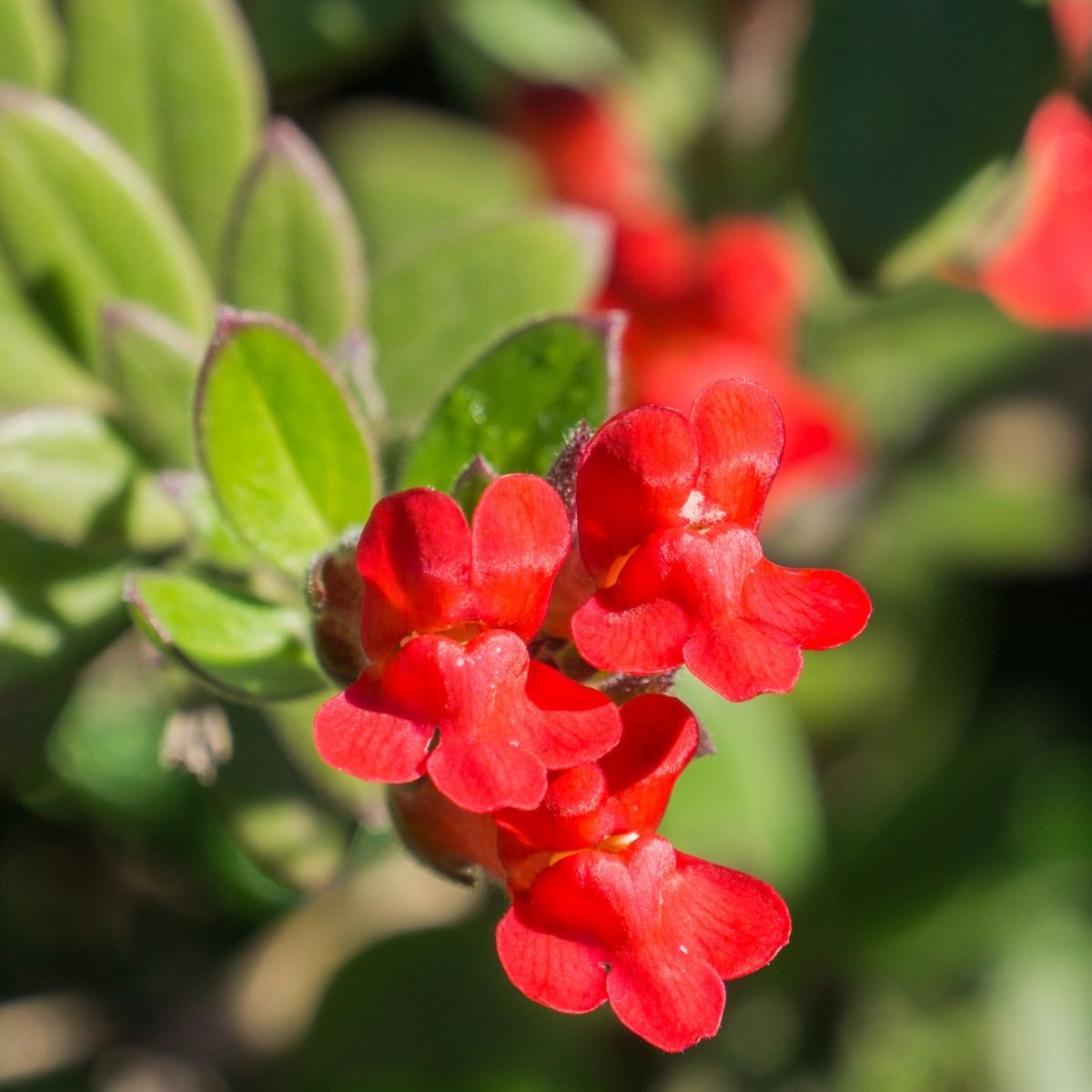
14. Scotch broom (Cytisus scoparius)
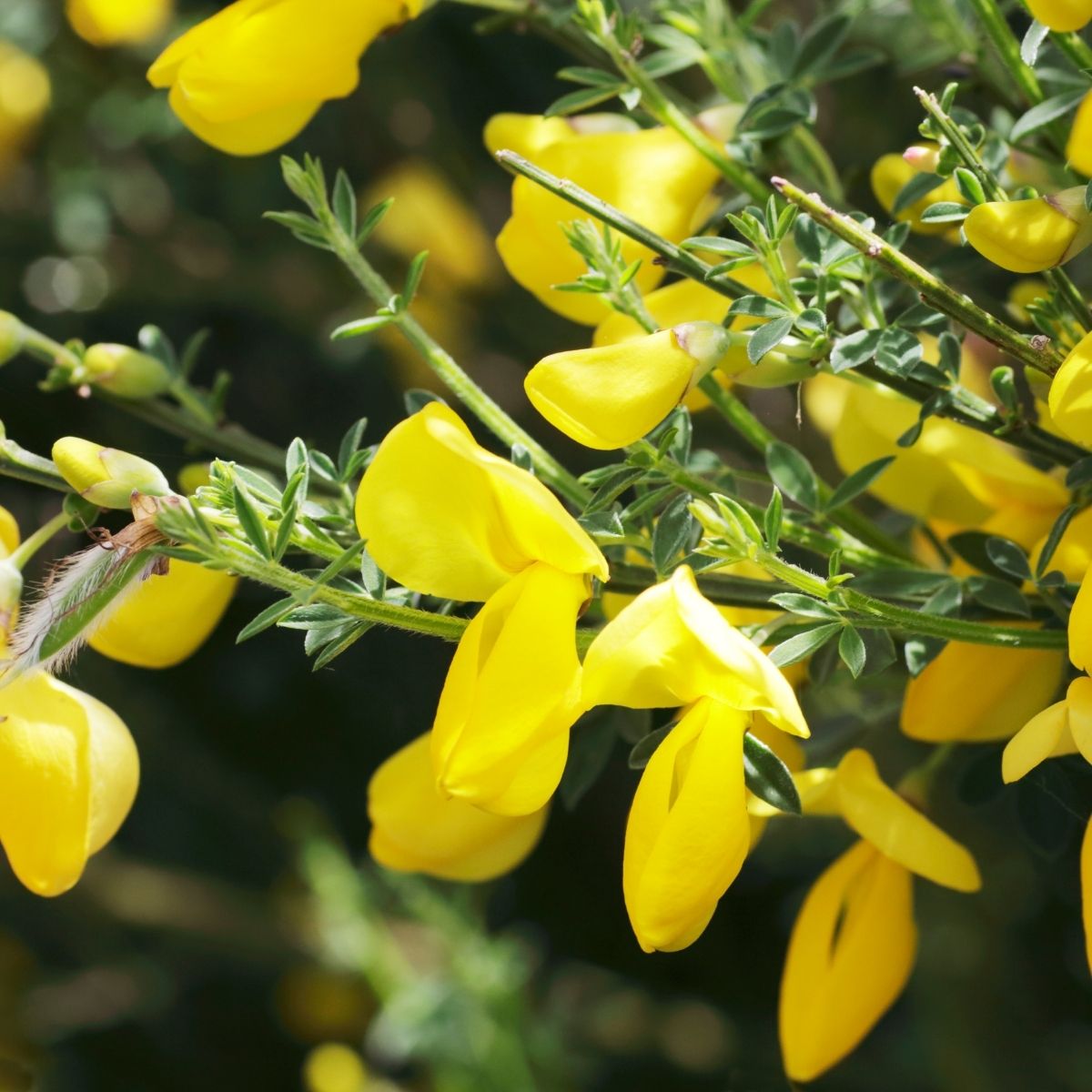
A perennial shrub, Scotch broom grows in full sun and sandy soil, crowding out native plants, reducing forage for grazing animals, and increasing the risk of fire. Its upright branches are covered in tiny leaflets and bear small, yellow, pea-like blossoms.
Pull, dig, or cut and paint with herbicide before flowering and setting seed. Island bush poppy (Dendromecon harfordii) and Nevin’s barberry (Berberis nevinii) make lovely substitutes.
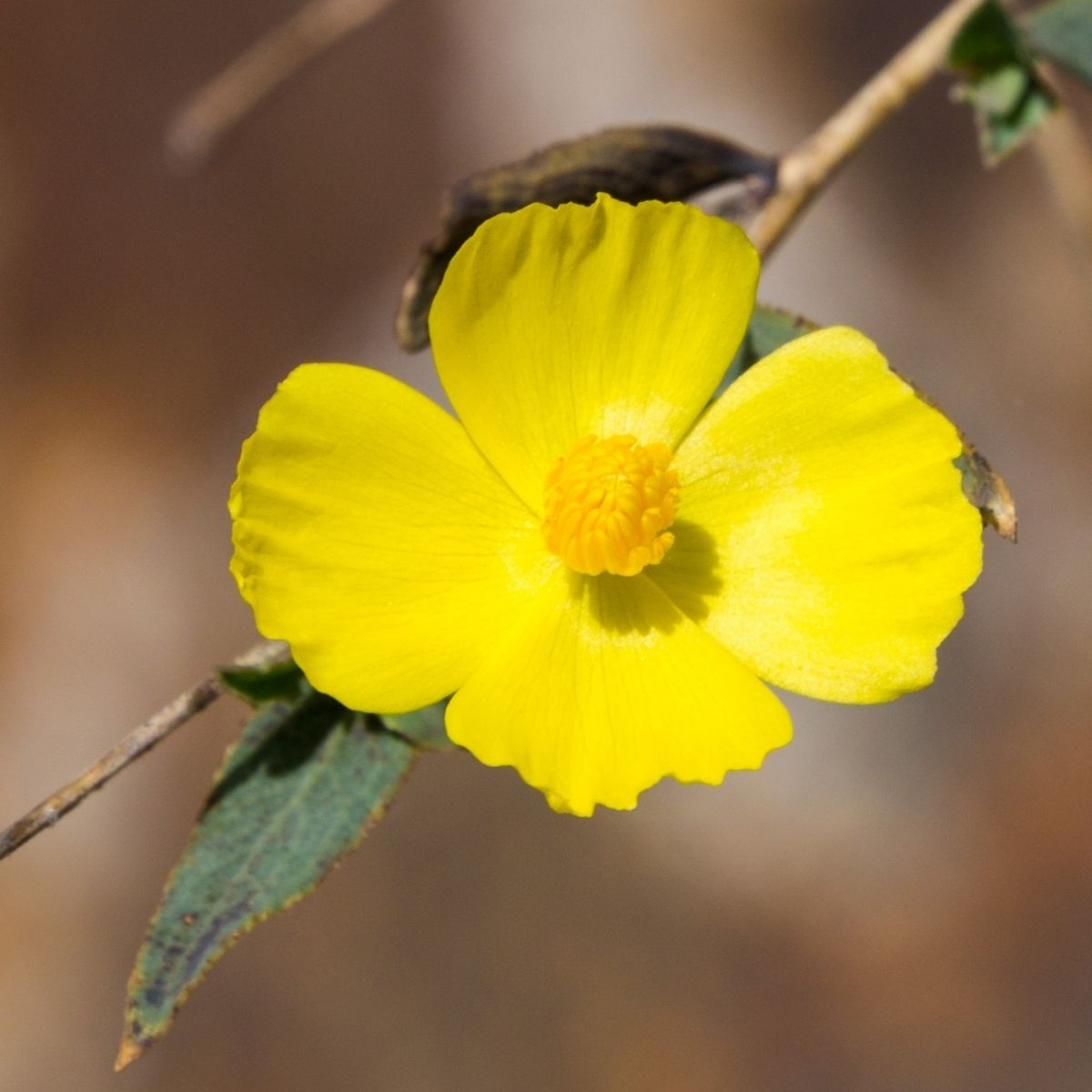
14. Scotch thistle (Onopordum acanthium)
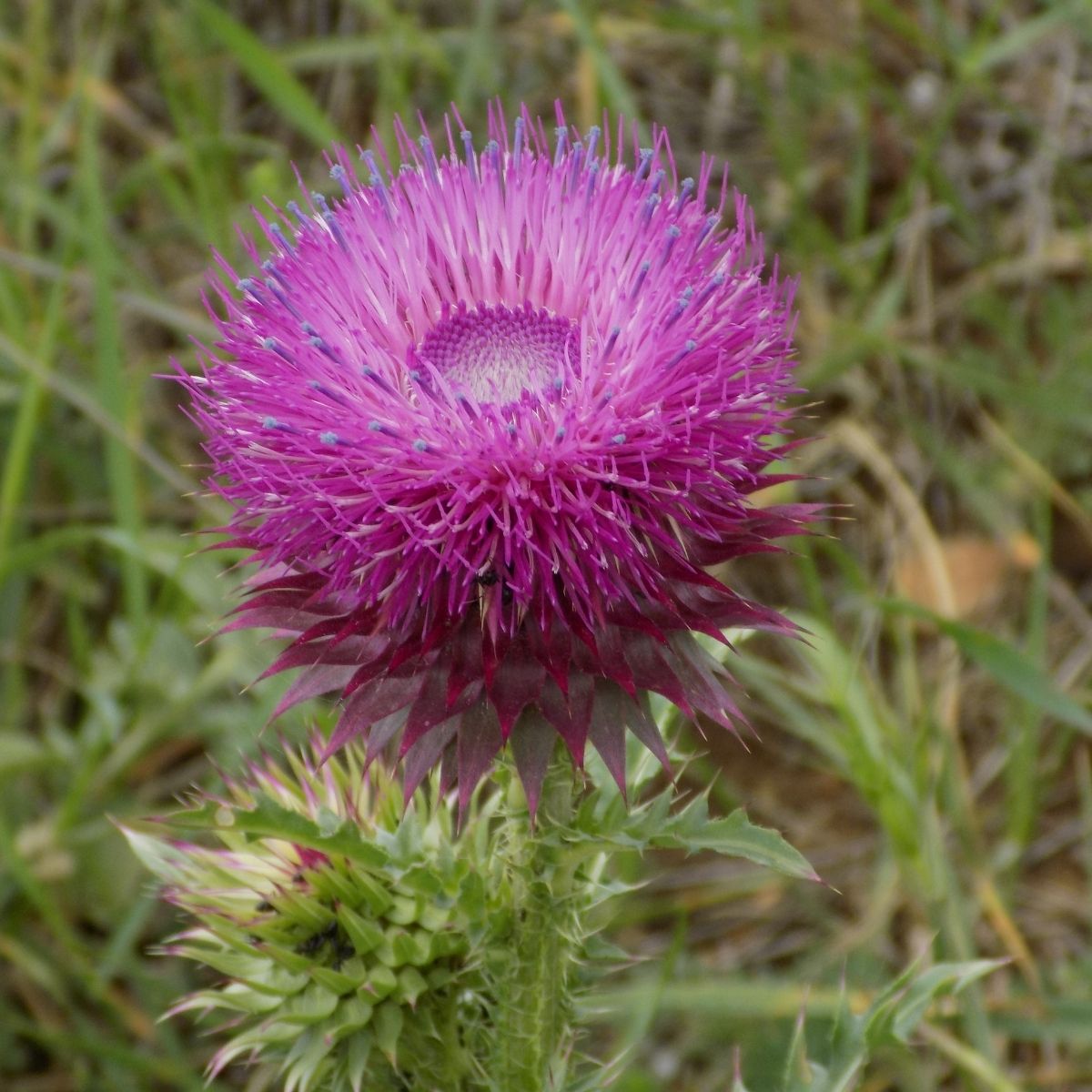
Scotch thistle, a tall biennial or short-lived perennial, reduces forage and impedes wildlife and livestock movement with its dense stands. This spiny plant reaches six feet high and features winged stems topped by dark pink to lavender flowers in the second year.
Digging, mowing at the bud stage, and grazing with sheep, goats, or horses are all effective management methods. Plant native wildflowers, such as cardinal catchfly (Silene laciniata) or coyote mint (Monardella villosa).
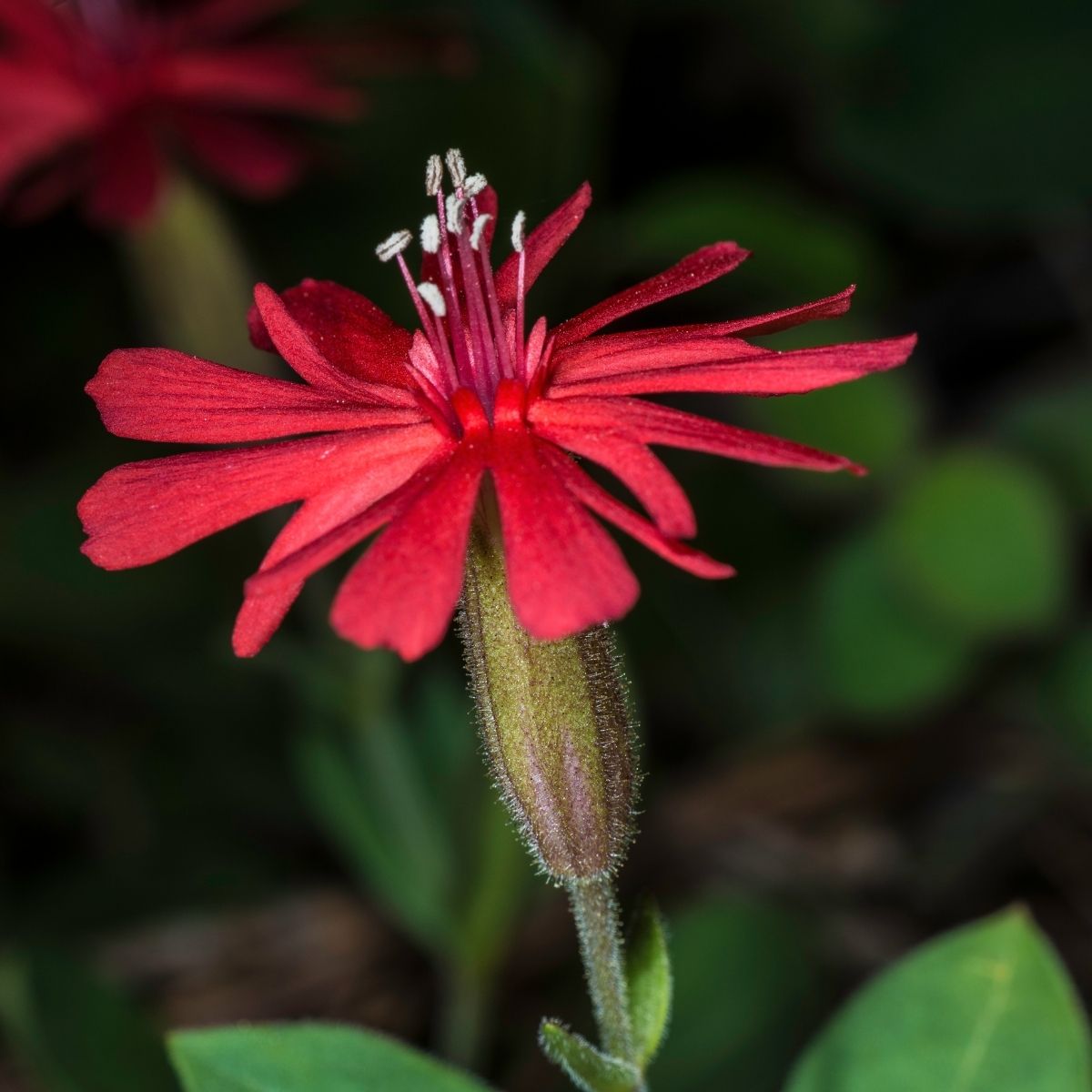
15. Spanish broom (Spartium junceum)
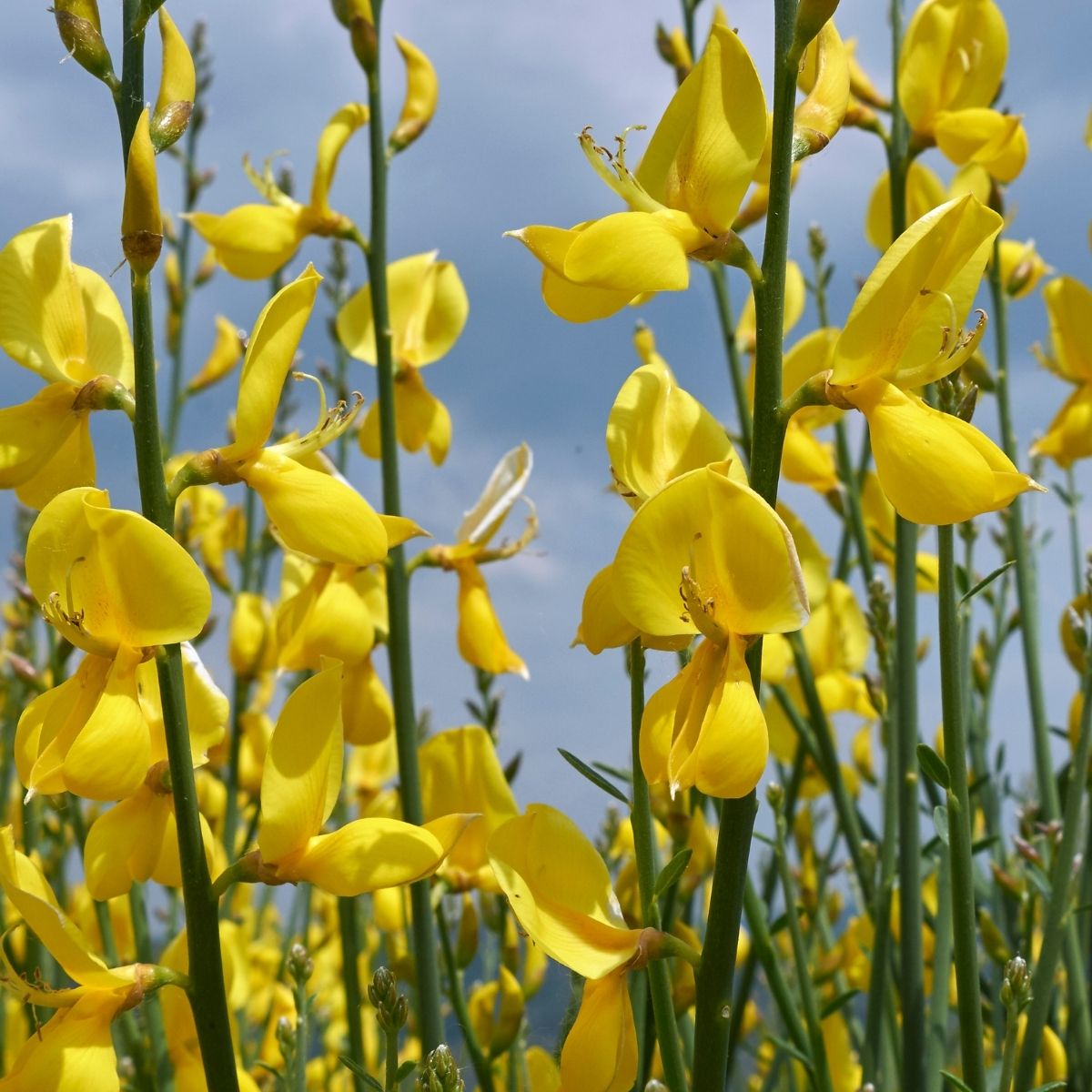
A ten- to 15-foot deciduous shrub, the Spanish broom has small, sparse leaves for just four months and yellow, pea-like flowers in spring. Its dense stands exclude native species, degrade rangeland, and increase fire hazards.
Dig, pull, or cut and apply herbicide before flowering. Yellow bush penstemon (Keckiella antirrhinoides) and giant coreopsis (Leptosyne gigantea) are just two of many beautiful yellow-flowering shrubs native to California.
16. Water hyacinth (Eichhornia crassipes)
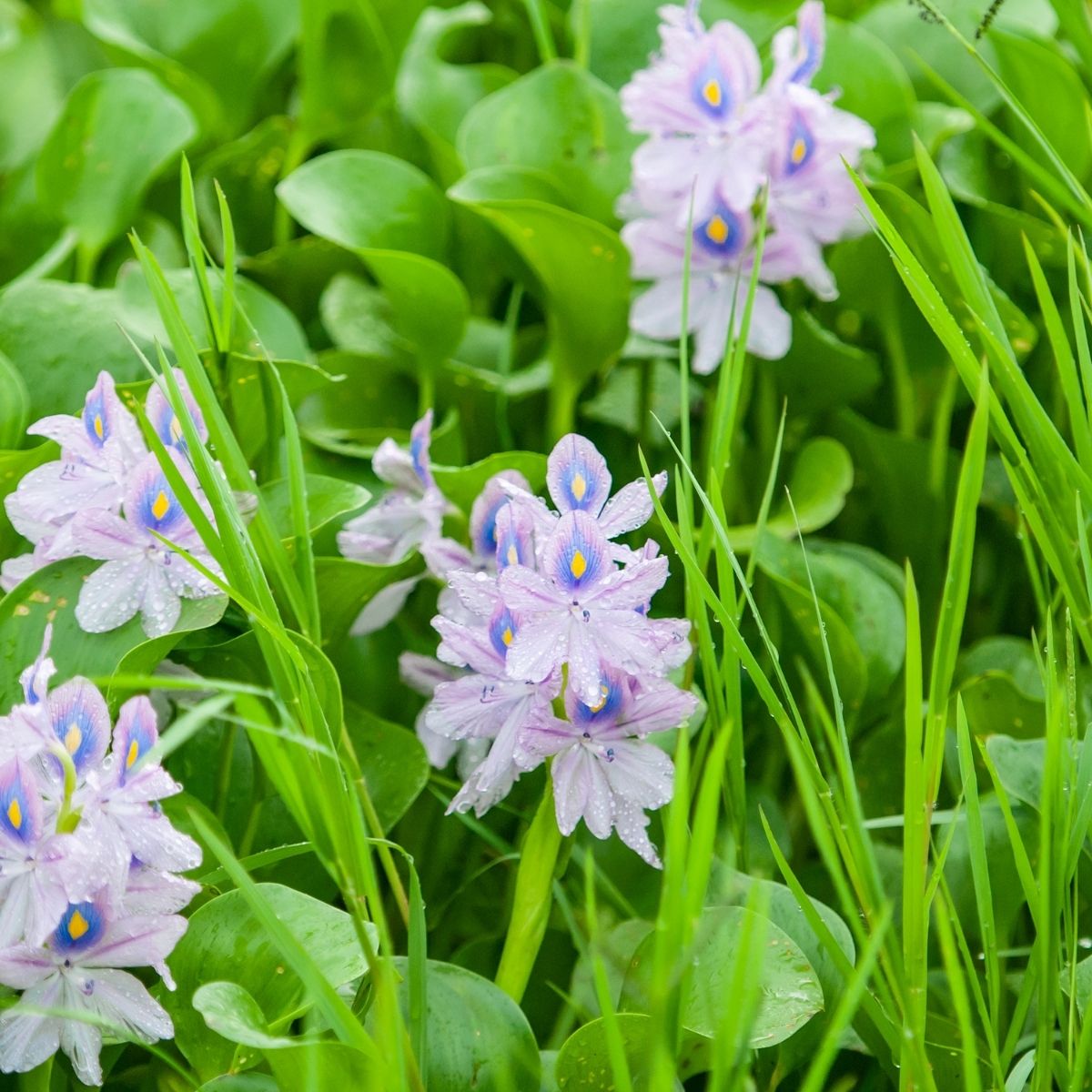
A freshwater perennial, water hyacinth clogs lakes and rivers by forming massive floating mats. It grows to two feet tall, with inflated to tapered leaf petioles and spikes of white, lilac, or pale blue flowers.
Manage with manual removal, harvesting equipment, floating booms or fixed barriers, or careful use of an approved herbicide. Choose native aquatic or semi-aquatic plants like bog bean (Menyanthes trifoliata) or purple pitcher plant (Sarracenia purpurea subsp. venosa).
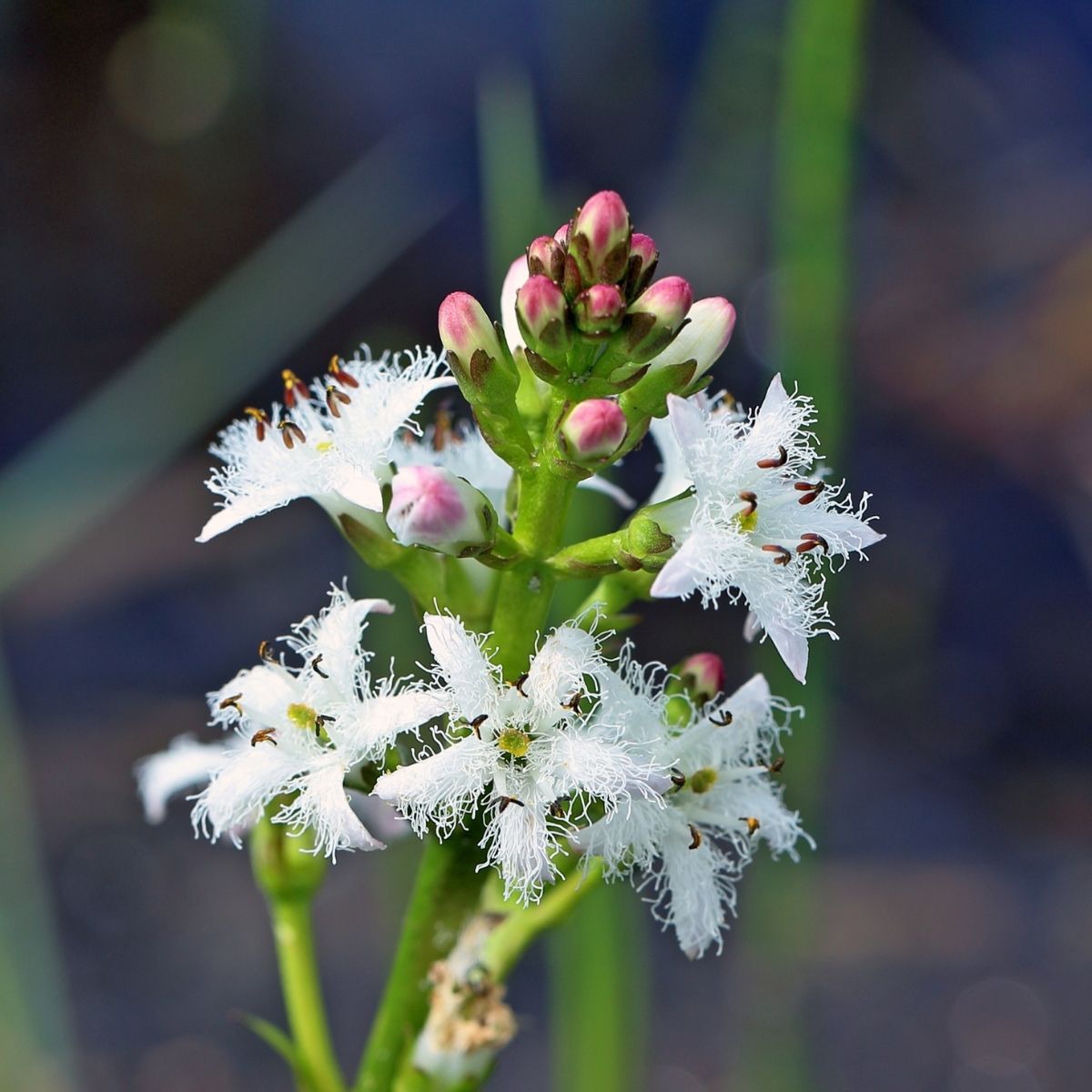
The remarkable number of invasive plants in California can feel overwhelming, but there are also so many native plants you can nurture instead! Whether you replace one invasive plant or remove hundreds, you can make a positive difference for California’s native ecosystems.
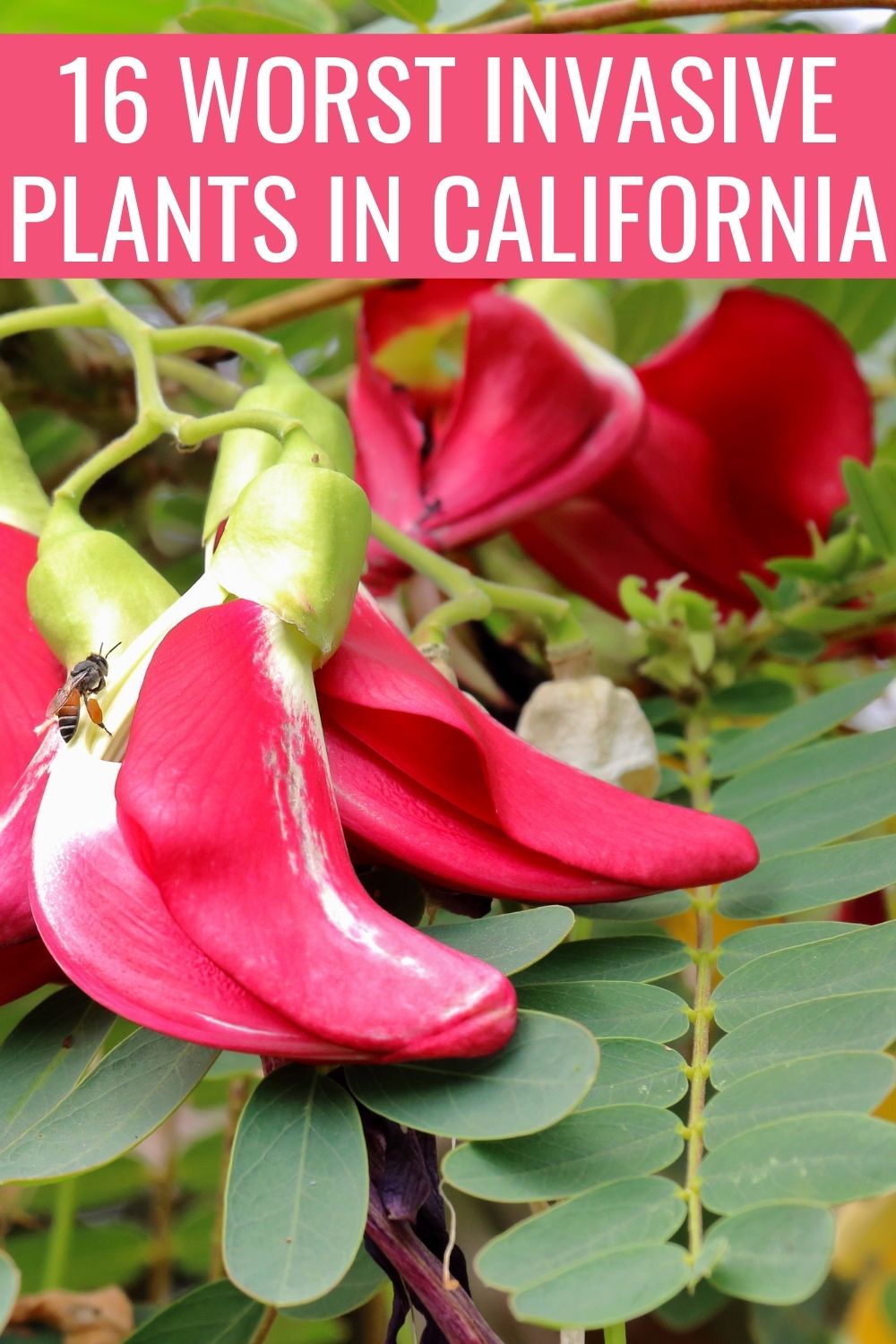















 ?. ts.dhung.
?. ts.dhung.
